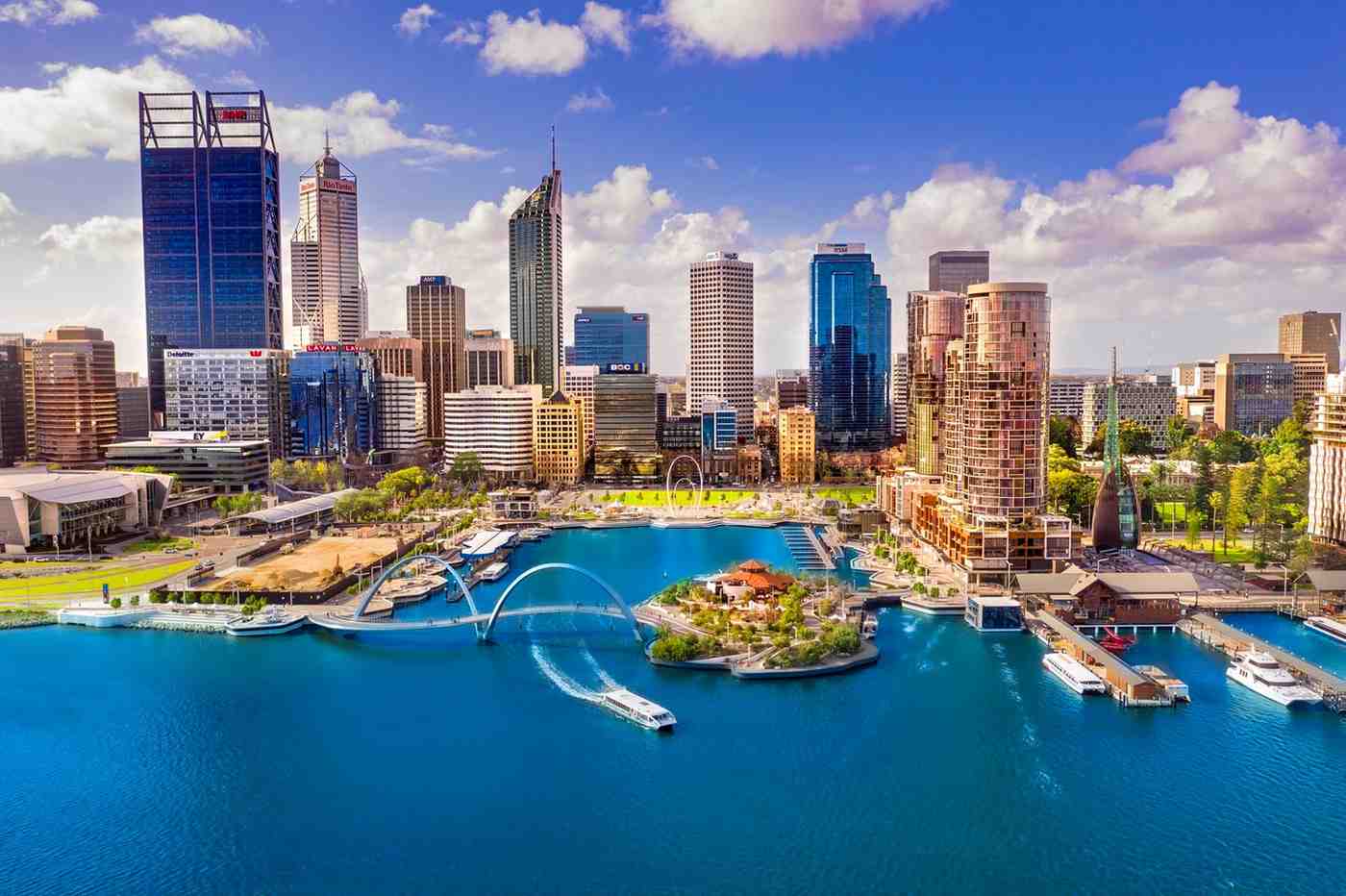State and territory governments have responded with new housing incentives in their 2025 budgets as rising property prices, high borrowing costs, and pressures from the cost of living continue to make housing affordability difficult for Australians. Here are some ways that each state is assisting citizens in becoming house owners, including rent-to-buy programs, shared equity plans, and stamp duty exemptions.
A $165 million shared equity plan was introduced in Queensland, enabling first-time homebuyers to participate with as little as a 2% down payment. The government will pay up to 25% for existing homes and 30% for new ones. Both regional and metropolitan locations offer properties up to $1 million.
Qualifications:
Registration is currently open, and the program has a 1,000-position cap. The $30,000 first-home owner incentive, which is currently available until June 2026, has also been extended.
With regional Queensland’s median property price up 9.2% and Brisbane’s up 8.3%, these incentives couldn’t be more timely.
The 2025 budget for Western Australia included the following: a 2% low-deposit loan program for modular homes; 119 million in stamp duty exemptions for first-time homebuyers buying existing residences or land; and 210 million in shared equity loans for the construction of new apartment and townhouse complexes.
These steps are intended to keep up with the rapid growth of the market, since home prices in Perth have increased by 7.8% and in regional Western Australia by 10.9%.

Victoria’s stamp duty exemptions for off-the-plan flats, townhomes, and units will remain in effect until October 2026. For instance, a buyer of a $620,000 condo may save $28,000 by paying only $4,000 in stamp duty rather than $32,000.The state is aiming for affordability in the medium-density market, even though regional Victoria saw a 1.2% increase in housing prices while Melbourne saw a mere 1% increase.
Despite not providing additional direct assistance for homebuyers, NSW’s 2025–2026 budget pledged to increase supply. Among the important steps are:
SA is investing $500 million to build 2,900+ new houses through a number of significant projects, such as Onkaparinga Heights and Playford Alive East.
Additionally, the state is launching a rent-to-buy program that offers:
Despite the absence of any new buyer incentives, Tasmania is spending $500 million to help:
• Continuous exemptions from stamp duty
• The 2% deposit plan offered by MyHome
• By 2032, 10,000 affordable dwellings are to be delivered.
Regional Tasmania saw a 3.3% increase in home prices, while Hobart saw a 2.3% increase.
Two housing grants were extended by NT until September 30, 2026:
ACT increased the maximum prices for:
Concessions on homes up to $1.02 million are now available to buyers to reflect improving market circumstances. The market in Canberra has had a 0.5% yearly price increase and has been rather stable.
While South Australia and New South Wales are focusing on supply, other governments, like as Western Australia and Queensland, are aggressively providing subsidies and equity to first-time homebuyers. All programs have the same goal, even though they represent different local markets: helping Australians buy homes in the face of an increasingly costly housing market.